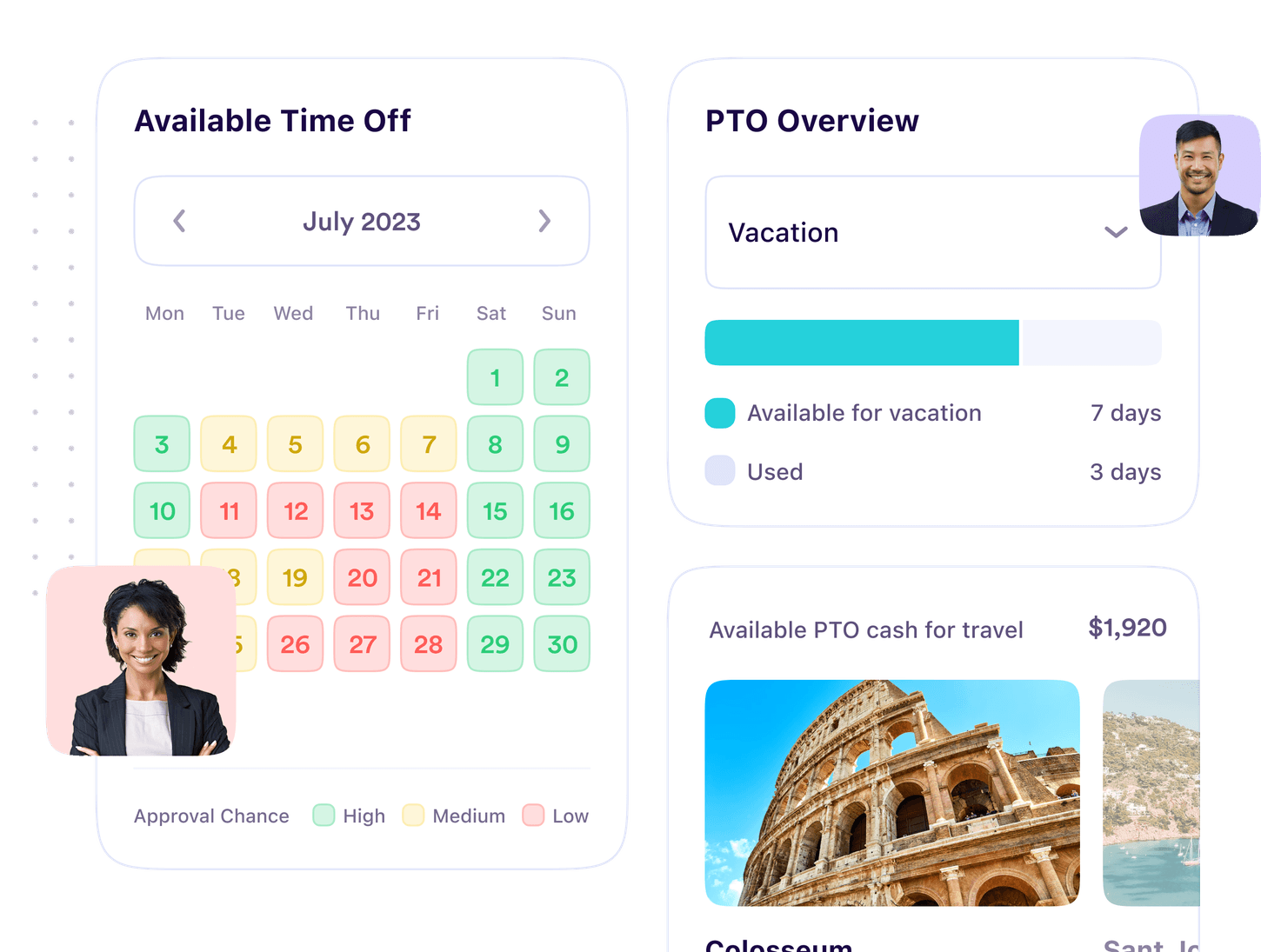Employee Wellbeing
The Rise of Personalized Total Wellness
Introduction
Personal struggles affect our professional performance. The same is true with the hurdles we face in the workplace. As hard as we try, it’s very difficult to truly compartmentalize our challenges as we shift between our personal and professional obligations.
The new hybrid workforce has only served to further exacerbate this problem by making it even harder to draw a clear distinction between our omnipresent responsibilities. We frequently find ourselves juggling the children and zoom calls. Checking Slack messages and text messages. We’re always on, and employees are more stressed and anxious than ever.
The Meaning of Wellness Is Changing
According to data from the CDC, all working-age demographics reported increased anxiety or depression in recent years. 58.7% of workers 18–29 and 49.5% of workers 30–39 reported new anxiety and depression symptoms.
This isn't just cause for concern for employees themselves; companies are also feeling the effects in the form of lower productivity, reduced engagement, and turnover.
The challenge that HR leaders face is identifying what kind of a wellness issue this really is.
Is it an emotional/mental wellness issue, where limited face-to-face social interactions are chipping away at our psyche? Sure, it certainly is for some.
How about a physical wellness problem? A lot of us are working remotely in environments not meant to sustain prolonged work. Straining our eyes, hurting our backs, and not getting enough in the way of exercise.
Or is this a financial wellness problem? A lot of us are concerned about losing our jobs or our companies going under.
The argument can be made for any of the above, and more besides. And in many cases, you’d be right every time. Because this is not a mental, physical or financial wellness problem; it's a “total wellness” problem.
This is what the modern HR leader understands: wellness, in 2023, is personal and dynamic.
Total Wellness 101
Much has already been written on the future of employee benefits.
Modern HR leaders are prioritizing and redefining what “employee wellness” means for their organization. These leaders understand that peoples' needs vary and change . To better serve employees, they're crafting a more dynamic and personalized definition of “wellness” that adapts as employees’ needs change.
This new “Total Wellness” looks to holistically incorporate the elements of the eight dimensions of wellness not as another form of wellness, but as a dynamic container whose definition changes based on the personalized needs of the individual.
In practical application, a total wellness program for "John the single dad with 2 small children" can and should look very different from "Jessica the 22-year-old college grad".
John might need access to benefits that emphasize access to flex-time, financial peace of mind, and child welfare to feel “totally well”. Jessica might have a more urgent need for financial wellness solutions that help pay down student loans and good paid time off.
The Future of Total Wellness
Though conceptually we aren’t talking about anything new, HR leaders are starting to take Total Wellness seriously. More and more companies are creating policies and looking for solutions to help them build out or improve a Total Wellness program.
At PTO Genius, we’re advocates for a holistic wellness approach and frequently encourage employers to reimagine their PTO to better serve the needs of more employees.
Our platform actively promotes time off to employees at risk of burnout while helping employees with financial concerns convert some of their extra PTO into emergency cash, student loan payments, HSA contributions, retirement savings, and more.
That’s what it’s about for us at PTO Genius: helping people reconsider how things have always been, so they can see how much better things can be.
